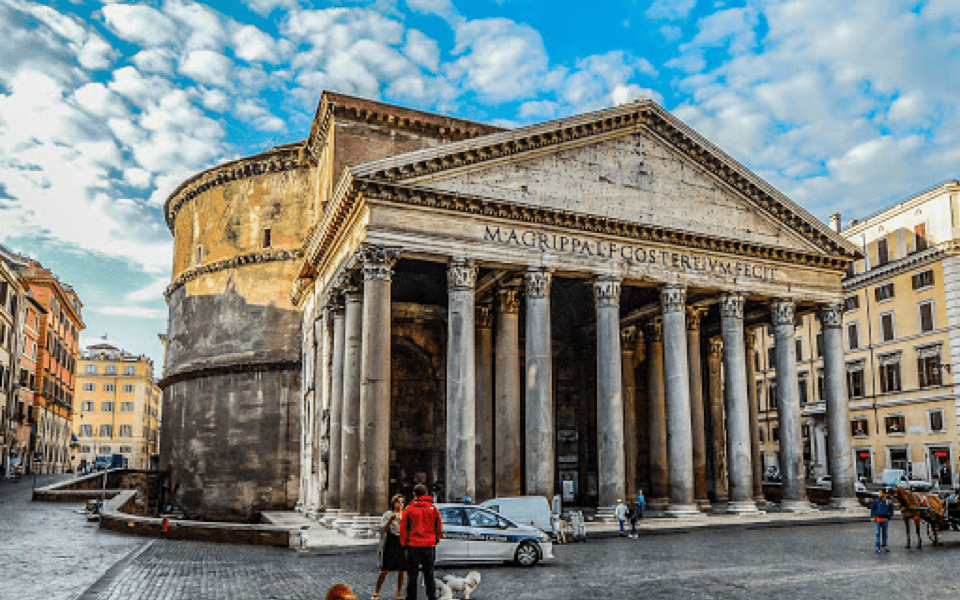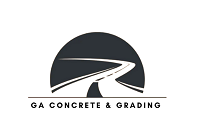Concrete is a building material that is commonly used for a variety of construction projects. It is used from sidewalks and driveways to buildings and bridges. Concrete is made up of a mixture of different materials. Each material plays a specific role in the overall strength and durability of the finished product.
The primary component of concrete is cement. Cement is a fine powder made from a mixture of ground limestone and other minerals. When mixed with water, the cement creates a chemical reaction known as hydration. This reaction causes the concrete to harden and bind the sand and aggregates together.

What is Cement?
Portland cement is a type of cement that is commonly used as the primary binding agent in concrete. It is a fine powder made from a mixture of ground limestone and other minerals, such as clay and gypsum.
The production of Portland cement begins with the mining of raw materials, such as limestone, clay, and other minerals. These raw materials are then crushed and finely ground to create a powder. This is the raw material for Portland cement.
Making Portland Cement
Next, the raw materials are mixed together in carefully controlled proportions to create the desired type of cement. Different types of cement can be produced by varying the proportions of the raw materials. They can also change it by adding other chemicals to the mix.
Once the raw materials have been properly mixed, they are heated to a high temperature in a kiln, typically reaching temperatures of around 1,450 degrees Celsius. This process, known as calcination, causes the raw materials to undergo a chemical reaction, converting them into clinker, which is the intermediate product of Portland cement.
The clinker is then ground into a fine powder, known as Portland cement. This powder can be mixed with water and other ingredients to create concrete, which is a strong, durable building material.
Overall, the production of Portland cement is a complex process that involves the mining, crushing, and mixing of raw materials, followed by calcination and grinding to create a fine powder. This powder is the key ingredient in concrete. It is essential for the construction of a wide range of buildings and other structures.
Aggregates and Concrete Mixes
In addition to cement, concrete typically contains aggregates, which are coarse materials that provide strength and structure. The majority of aggregates used in concrete is sand, but other materials like stone and crushed gravel are used.
Concrete contains water, which is added to the mix to activate the hydration process and allow the cement to harden. The amount of water used in the mix is carefully controlled. Too much water can weaken the finished concrete, while too little can prevent the cement from properly hydrating.
What are Some Common Additives in Concrete?
In some cases, concrete may also contain additives. Additives are chemicals that are added to the mix to improve its performance or enhance its appearance. These additives can include air entrainment agents, which create tiny air bubbles within the concrete to increase its freeze-thaw resistance.
Concrete is a complex material that is made up of a mixture of different ingredients. Each ingredient plays a specific role in the strength and durability of the finished product. By carefully controlling the proportions of the mix, it is possible to create a strong, long-lasting building material. That is capable of supporting a wide range of construction projects.
Common types of Concrete Mixes
There are many different types of concrete mixes that are used in the construction industry. Each of which is designed for a specific application and has its own unique properties and characteristics. Some of the most common types of concrete mixes include:
- Regular-strength concrete: Also known as grade C25 concrete, this is the most common type of concrete mix and is suitable for a wide range of applications. It has a compressive strength of 25 megapascals (MPa) and is typically used for sidewalks, driveways, and other applications that do not require a high level of strength.
- High-strength concrete: This type of concrete has a higher compressive strength (30-35 MPa) and is more resistant to cracking and other forms of damage. It is often used for structural applications, such as building foundations and bridge decks, where a high level of reinforcement is required.
- Lightweight concrete: This type of concrete is made with lightweight aggregates, such as perlite or vermiculite, which make it lighter and easier to work with than regular-strength concrete. It is often used in construction projects where weight is a concern, such as in high-rise buildings or on upper floors.
- Self-consolidating concrete: This type of concrete is designed to flow easily and can be poured without the need for mechanical vibration. It is often used in applications where it is difficult to achieve good consolidation, such as in complex geometries or in confined spaces.
- Fiber-reinforced concrete: This type of concrete is reinforced with fibers, such as steel or plastic, which provide additional strength and crack resistance. It is often used in applications where a high level of reinforcement is needed, such as in floor slabs or walls.
- Pervious concrete: This type of concrete is designed to allow water to pass through it, making it ideal for applications where drainage is a concern, such as in parking lots or sidewalks. It is also commonly used in green building projects due to its ability to reduce runoff and improve storm water management.
Conclusion
Concrete is a complex building material that has helped us build the world we live in. Without it, we wouldn’t have the towering skyscrapers, thrilling roller coasters, or modern homes that we see today. Its versatility and durability make it a crucial component of many of the structures we rely on. It continues to play a vital role in the construction industry. Whether used for foundations, walls, floors, or other purposes, concrete is an essential material that has helped shape the world around us.
Be sure to check out some of our other blog posts where we answer some of the most commonly asked questions from our customers.
Can you pour concrete in freezing weather?
Which is better: concrete or asphalt driveway?
How long does it take concrete to cure?
Need help with your concrete project? Contact us at GA Concrete and Grading. Our team has the expertise to make sure the job is done right.
